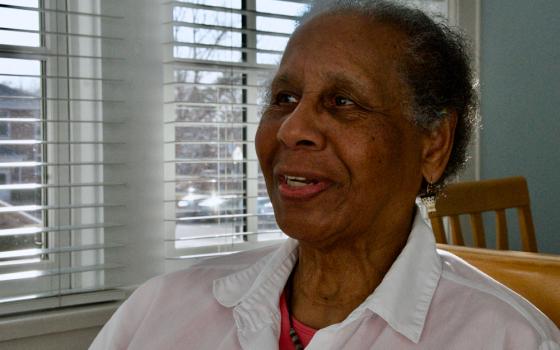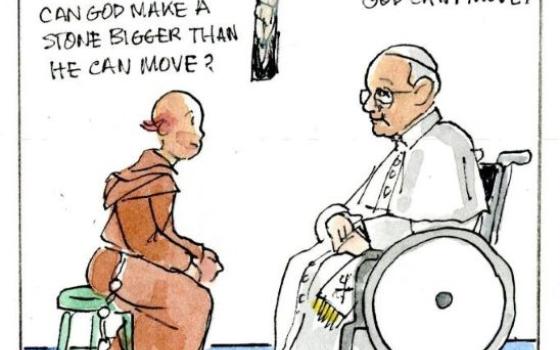NEW ORLEANS -- The staccato banging of dozens of hammers dispelled the morning quiet as college students, lawyers and nurses from Massachusetts clambered about four new houses rapidly taking shape at the hands of Habitat for Humanity and St. Charles Avenue Presbyterian Church.
Meantime, across town, students from the University of Pennsylvania, Syracuse University and dozens of other colleges painted, laid tile and nailed weatherboards on older homes, pulling them back from ruin. And in nearby St. Bernard Parish, 600 professionals gathered by United Jewish Communities plan to transform a gutted Catholic school into a community center.
Nearly four years after Hurricane Katrina, New Orleans remains a prime destination for thousands of out-of-state volunteers willing to take a break from their own lives to help rebuild the city -- never more so than during spring break season.
Here, at least, Katrina fatigue has not yet settled in, say managers of major church and community groups that consume millions of volunteer hours as they build and repair thousands of homes.
"We're completely maxed out," said Paul Cook, senior project coordinator for Catholic Charities' Operation Helping Hands.
Similar reports come from other major rebuilding nonprofit groups: the St. Bernard Project, Habitat for Humanity, the United Methodist Church's Southeast Louisiana Disaster Recovery Center, the Presbyterian-affiliated Project RHINO and others.
"Camp Hope is getting tremendous numbers. I think they've got 800 people there a night," said Habitat spokeswoman Aleis Tusa, referring to the no-frills bunkhouse where Habitat and other nonprofit groups house volunteers.
But during off-peak months -- in late autumn and during the hottest weeks of summer, for example -- managers said the flow of helpers has tapered off somewhat.
As a result, some like Dale Kimball, manager of the huge Methodist-affiliated rebuilding operation, regularly make distant recruiting swings. Kimball said his PowerPoint demonstration, documenting post-Katrina New Orleans and the continuing need for volunteers, continues to yield a fresh harvest of newcomers.
Kimball's recovery center needs them. It is a huge consumer of volunteers. At seasonal peaks, it can dispatch 500 bodies a week from 11 bunkhouses around the New Orleans area.
A few steps from Kimball's office, an upstairs conference room is covered with whiteboards plotting the construction phases of its many jobs.
"I don't know any contractor doing as many jobs at one time as we do -- and we're a nonprofit," Kimball said. "And we do it with 300 new employees every Monday."
Many managers report that mixed with first-time college students is a high proportion of volunteers -- students and other adults -- returning for their second or third work tour.
"Seventy percent of our volunteers are repeaters," Kimball said.
By now, churches, colleges and community groups around the country have relationships with rebuilding groups in New Orleans. By now, they know whom to call in New Orleans, what to expect and how to prepare.
Among the teams was a group from Pilgrim Church in Sherborn, Mass., on its fourth trip to New Orleans, working with St. Charles Avenue Presbyterian Church.
Here volunteers see an ocean of human need, make face-to-face contact with people they are helping and see the fruit of their work rise out of the ground, said the Rev. John Hudson, Pilgrim's pastor.
"It gives people a chance to do good," he said.
Danielle Ladin, a 21-year-old senior on her fourth trip with a Jewish student group from the University of Central Florida, said she finds volunteering in New Orleans powerfully addictive.
Last week she helped gut an old funeral home that is slated for use as a warehouse and operations center.
"There are so many large causes: Darfur, global warming," Ladin said. "What I wanted was something smaller, where I could touch just one person in a real way, not necessarily the whole world."
Kimball estimates that his volunteers, valued at $18.50 per hour, a rate set by the federal government, have offered more than $48 million in free labor so far.
That's part of his recruiting pitch, Kimball said.
"We make sure the volunteers understand -- there's no recovery without them."
(Bruce Nolan writes for The Times-Picayune in New Orleans.)



